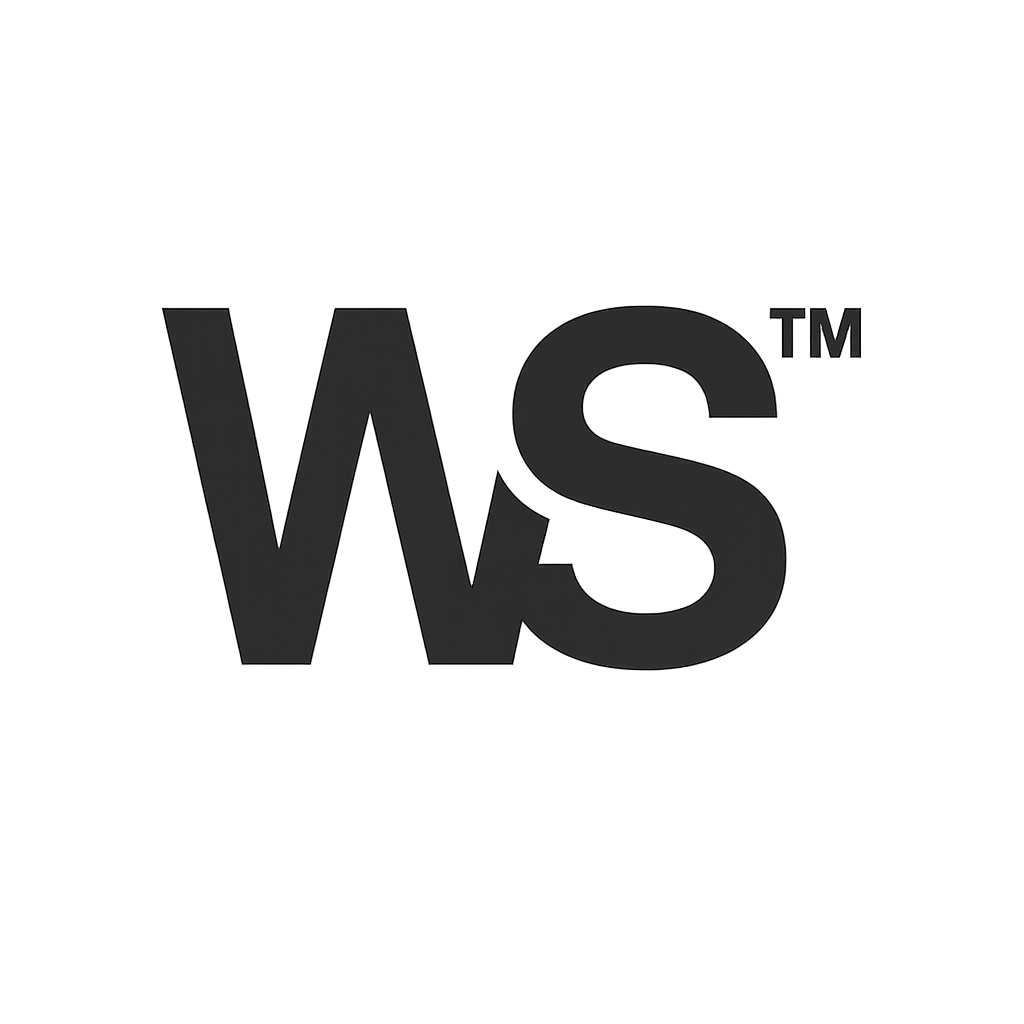Understanding Filter Media: Which Type Is Right for Your Process?
Western Separations™ Resource Series
Choosing a filtration system is only half the equation. The filter media you select — the actual material doing the work — directly impacts performance, efficiency, and reliability.
From cartridges to bags to membranes and beyond, this guide breaks down the most common types of filter media and helps you match the right one to your industrial process.
Western Separations™ Resource Series
Choosing a filtration system is only half the equation. The filter media you select — the actual material doing the work — directly impacts performance, efficiency, and reliability.
From cartridges to bags to membranes and beyond, this guide breaks down the most common types of filter media and helps you match the right one to your industrial process.
1. Cartridge Filters
Best for: Liquids with fine to medium particulates in low-to-moderate flow applications
These cylindrical filters are compact, easy to install, and come in varying micron ratings. They’re often used in food processing, water treatment, and chemicals.
Pros: Precise filtration, small footprint
Cons: Frequent replacement in high-volume systems
2. Bag Filters
Best for: High-flow or high-volume applications with larger particulates
Bag filters are cost-effective and ideal for removing bulk contaminants. Common in automotive, paints, coatings, and large-scale industrial wash systems.
Pros: High dirt-holding capacity, quick changeouts
Cons: Less precision compared to cartridges or membranes
3. Membrane Filters
Best for: Ultra-fine filtration and separation of bacteria, viruses, or dissolved solids
Membranes are the go-to in pharma, biotech, and high-purity water systems. They function via micro-, ultra-, nano-, or reverse osmosis.
Pros: Exceptional precision
Cons: Higher cost, sensitive to fouling
4. Depth Filters
Best for: Viscous liquids or variable contaminant loads
These filters trap particles throughout the thickness of the media, not just on the surface — ideal for unpredictable or multi-stage applications.
Pros: Long service life, good for variable loads
Cons: Less precise than membranes
5. Specialty Media
This includes activated carbon, resin-based, ceramic, and hybrid filters. Each is designed for specific chemical, odor, or ionic removal.
Need a custom solution? We can spec and source it.
At Western Separations™, We Build Systems Around the Right Media — Not the Other Way Around
We don’t believe in one-size-fits-all. Our approach starts with your contaminant profile, flow rate, and compliance needs, then recommends filter media that balances performance, lifespan, and cost.
💬 Want Help Selecting the Right Filter Media?
Request a Quote or Contact Us — let’s engineer it right from the start.
How to Choose the Right Filtration System for Your Industry
Western Separations™ Resource Series
In every industry — from manufacturing to food processing to pharmaceuticals — clean separation is not a luxury, it’s a necessity. But how do you choose the right filtration system for your specific needs?
Whether you're launching a new facility or upgrading outdated equipment, this guide will walk you through the key factors that ensure long-term performance, cost-efficiency, and compliance.
Western Separations™ Resource Series
In every industry — from manufacturing to food processing to pharmaceuticals — clean separation is not a luxury, it’s a necessity. But how do you choose the right filtration system for your specific needs?
Whether you're launching a new facility or upgrading outdated equipment, this guide will walk you through the key factors that ensure long-term performance, cost-efficiency, and compliance.
1. Start With Your Contaminants
What exactly are you removing?
Solids? Oils? Gases? Biologicals?
Understanding the particle size, chemical nature, and load is essential. A water treatment facility will have entirely different filtration needs than a chemical processing plant.
2. Define Your Flow Rate & Pressure Requirements
How much material needs to move through your system — and how fast?
Low-pressure gravity systems and high-pressure industrial lines demand different filter designs, from media beds to membranes.
3. Know Your Industry Standards
Different sectors are governed by different standards:
Food & Beverage: FDA, USDA, NSF
Pharma: cGMP, ISO 13485
Manufacturing: ISO 9001, OSHA considerations
Choosing a compliant system avoids costly rework and ensures long-term trust.
4. Plan for Maintenance & Downtime
No system runs forever without maintenance.
Ask yourself:
How often does the filter need to be replaced or cleaned?
Can maintenance be done in-house?
Is there a fail-safe during downtime?
Smart filtration planning minimizes shutdowns and maximizes output.
5. Don’t Go It Alone
This is where we come in.
Western Separations™ designs, builds, and supports filtration and separation systems across multiple industries — always tailored, never off-the-shelf.
From initial consultation to installation and beyond, we help you make the right decisions upfront to avoid costly mistakes down the line.
💬 Let’s Talk
Need help evaluating your current setup or starting from scratch?
Request a Quote or Contact Us — we’ll walk you through every step.



